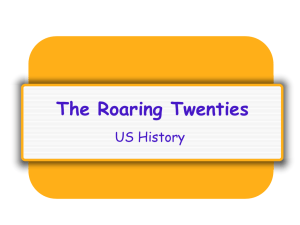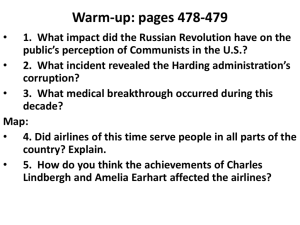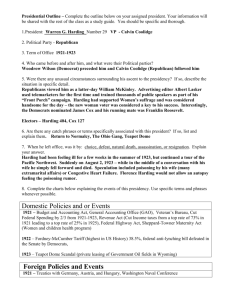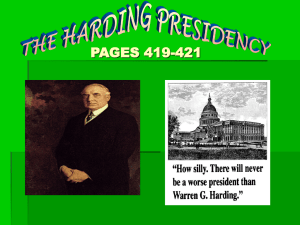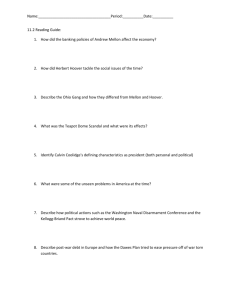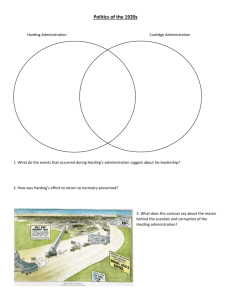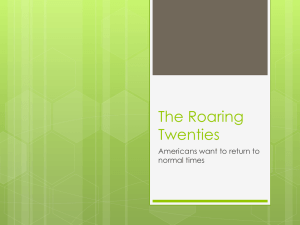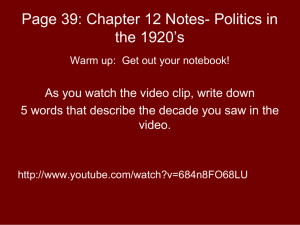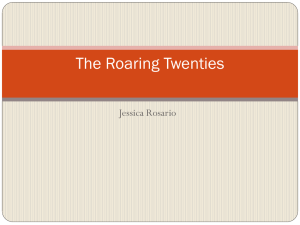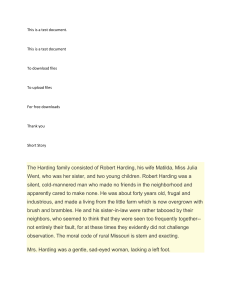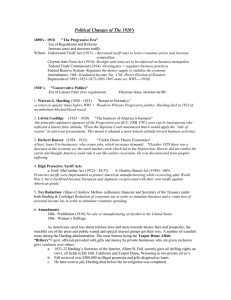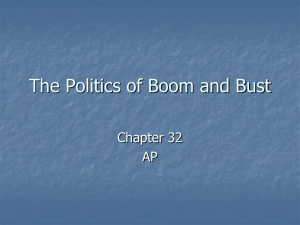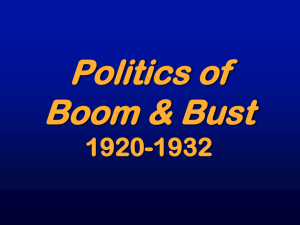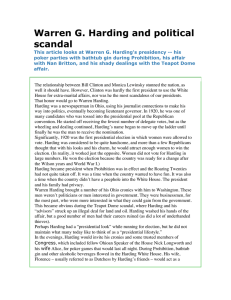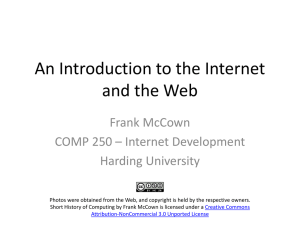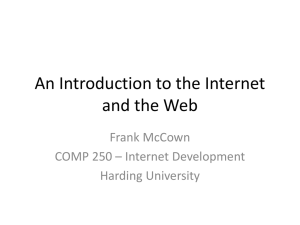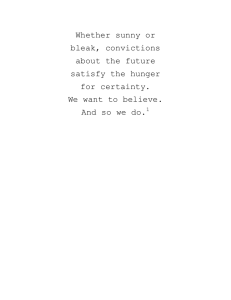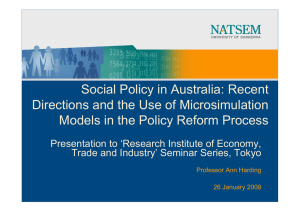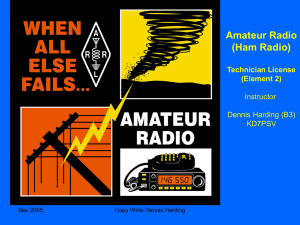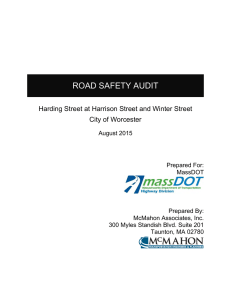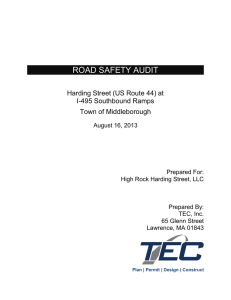The Politics of the 1920s
advertisement
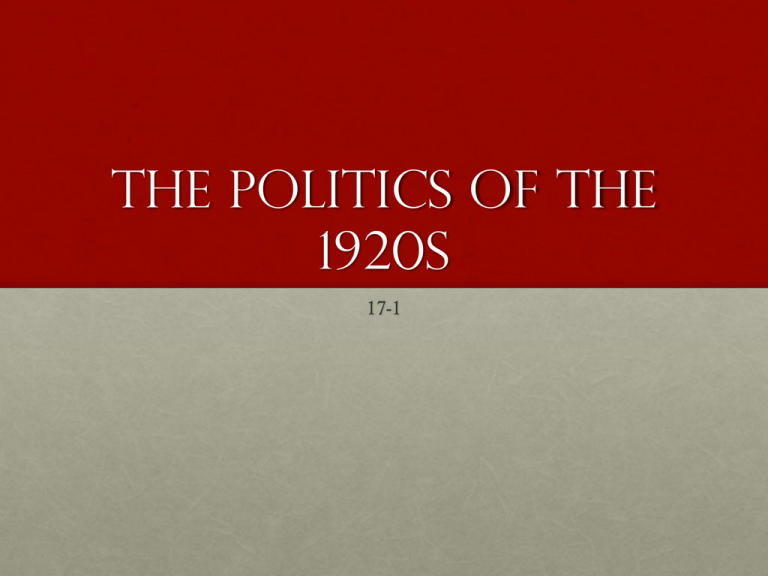
The Politics of the 1920s 17-1 The Harding Administration • “Return to normalcy” Teapot Dome and Other Scandals • Harding gave cabinets posts and high-level jobs to friends and political allies (mostly from Ohio) • Ohio Gang—Harding’s old poker pals • White House like a speakeasy • Appointees used to sell gov’t jobs, pardons, and protection from prosecution Forbes Scandal • Colonel Charles R. Forbes (Head of Veterans’ Bureau) sold scarce medical supplies from vet hospitals • Costs taxpayers $250 million • June 1923 Harding died of a heart attack and VP Calvin Coolidge took office, but he still had to deal with the Harding scandals during his administration Teapot Dome Scandal • (1922) Albert Fall (Sec of Interior) allowed private interests to lease lands containing U.S. Navy oil reserves at Teapot Dome, WY and Elk Hills, Cal. In return, Fall received bribes from private interests (+$300,000) • Other scandals: Att Gen Harry Daugherty took bribes “Silent Cal” Takes Over • Believed prosperity rested on business leadership and that part of his job as pres was to make sure that the gov’t interfered w/ business and industry as little as possible • “Keep it cool with Coolidge” • Reelected easily in 1924 Policies of Prosperity • 1920s—large national debt • Andrew Mellon (Sec of Treasury) (appointed by Harding) • 1.) Balance budget • 2.) Reduce debt • 3.) Cut taxes • High taxes reduced the amount of money the gov’t collected Supply-Side Economics • Low taxes = increase in spending/investing = economy grows • Supply-side economics = “trickle-down” econ • Mellon cut taxes for the wealthy from 73 to 23% Herbert Hoover • Herbert Hoover (Sec of Commerce) wanted to balance gov’t regulation with his philosophy of “cooperative individualism” –encouraging businesses to form trade associations that would voluntarily share info with gov’t • Reduce economic costs and promote economic efficiency • Also established Bureau of Aviation and Federal Radio Commission
